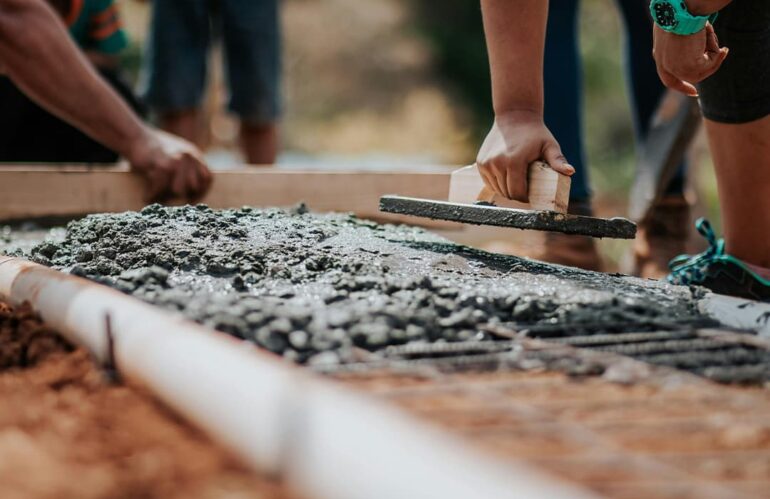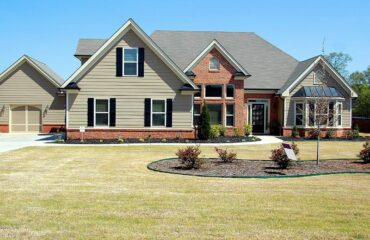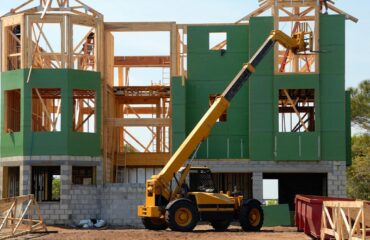Concrete buildings for various purposes are extremely common. Moreover, a few decades ago they had practically no alternative in our country. Only recently, experts have begun to note an increase in the share of BMZ buildings (buildings with a load-bearing frame made of metal profiles and enclosing structures made of sandwich panels and other materials). This technology has become popular due to the fact that “concrete” buildings have a number of significant disadvantages at the stages of construction and operation.
Options for concrete buildings
Concrete (or more precisely, reinforced concrete) structures are widely used in various elements of a building: in foundations, in columns, in floors, in walls, etc. There are two technologies: precast and reinforced concrete, each of which has its own characteristics.
Precast concrete is manufactured according to standards or special orders at the factory and delivered to the construction site ready-made (block, slab, column, etc.), where it is installed directly into the design position using lifting mechanisms. This approach minimizes the labor costs of builders and allows the construction of facilities in the shortest possible time, regardless of weather conditions. Among the main disadvantages:
- Heavy weight – requires strong foundations;
- High cost;
- Restrictions on dimensions and weight (caused by transportation and storage);
- The need for lifting mechanisms;
- The presence of a large number of joints – potential cold bridges;
- The need for constant maintenance (sealing of joints).
Monolithic reinforced concrete is delivered to the construction site in liquid form, where it is poured into pre-prepared formwork with a reinforcing mesh. This approach is much cheaper than using monolithic structures, and it is not tied to “ready-made forms,” meaning that it makes it possible to erect building elements of any, even the most complex, configuration and impressive size. Correctly poured reinforced concrete has no imperfections (hence the name) and can withstand static and alternating loads well.
Among the key disadvantages:
- The need to strictly adhere to the delivery and pouring schedule;
- The need for special equipment for delivery to the site (less often – for the production of concrete on site) and pouring;
- The presence of “wet” processes;
- Dependence on natural factors (season, rain, etc.);
- Duration of installation: the speed of pouring is limited by the time required for hardening and “gaining strength”.
Modern concrete
These and other operational shortcomings have led to the emergence of new types of concrete – cellular concrete. In which the main emphasis was placed on reducing the weight of the material, as well as, due to the porous structure, improving the thermal protection properties of the material.
Foam concrete and aerated concrete are supplied in blocks and have their own differences compared to classic masonry concrete (one of the limitations is rather low strength). Despite the convenience and speed of installation, the materials have significant drawbacks:
- The need to protect the outer surface from the negative effects of the environment;
- Difficulty in fixing “heavy” and complex elements;
- The presence of a large number of joints – potential areas of increased heat loss;
- Restrictions on use as load-bearing elements in buildings with heavy loads.





